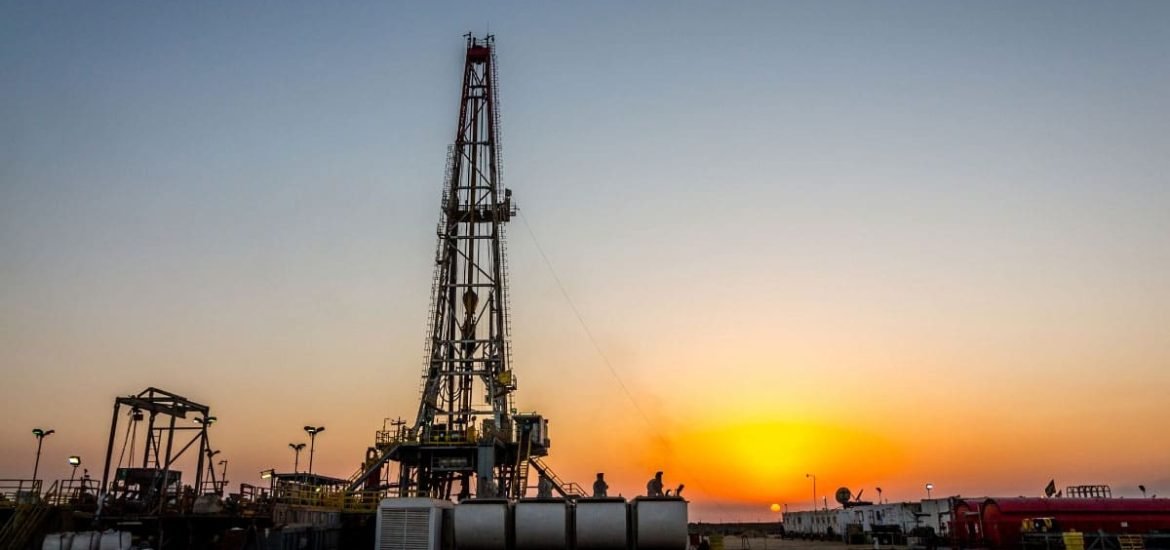
Carbon dioxide (CO2) could be a better hydraulic fracturing fluid than water, according to a new paper published on 30 May in the peer-reviewed journal Joule (1). And could pave the way for more eco-friendly fracking.
Hydraulic fracturing, more commonly known as fracking, involves drilling down into the Earth and using a stream of high-pressure water (typically mixed with sand and chemicals) to release the gas locked inside the rock. The injection of water, sand, and chemicals into the rock pushes shale gas and contaminated water back out of the unconventional reservoir. However, the fracking process is highly controversial.
Why is fracking so controversial?
According to industry experts and environmental advocates, fracking is a harmful way of extracting hydrocarbon energy as it increases the likelihood of oil spills, which can damage the soil and surrounding vegetation. In addition, the high pressures used in the process increase the risk of earthquakes.
Moreover, fracking consumes precious water resources. And for example, out of 7–15 million litres of fluid injected, 30–50 per cent remains in the rock.
Replacing water with CO2
To examine the effectiveness of using CO2 versus water as the fracking fluid, the researchers from the Chinese Academy of Sciences and the China University of Petroleum in Beijing collected shale outcrops from Chongqing in China and fractured them using both fluids.
Since CO2 has higher mobility than water, they found that the fractures were created differently. The CO2 generated more complex fracture networks resulting in more efficient shale gas production – a “4- to 20- fold increase in tight oil production could be achieved by CO2 fracturing.”
In fact, replacing water with CO2 in the fracking process appears to have multiple benefits:
- The main benefit is completely removing the need for huge quantities of water. Apart from conserving water resources, the use of CO2 makes fracking possible in drier regions where water is an issue.
- Furthermore, the alternative technology could reduce the risk of damage to shale gas reservoirs — water creates blockages in the rock formation making it difficult to extract the gas.
- And in the future, fracking could potentially be used to extract shale gas while also depositing large amounts of captured atmospheric CO2 underground, where it could be safely stored.
For now, the process is still not suitable for large-scale development. At present, the technology is limited by the availability of CO2 — capturing CO2 from emissions sources is still too prohibitively expensive to make it viable.
Another limitation is the viscosity of injected CO2, which is much lower inside the fractures. This means the sand is not as effectively transported into the fractures where it is needed to prop open the fracture to harvest the shale gas.
Eco-friendly fracking?
If scientists can figure out how to solve these issues and make the entire process more economically viable, CO2-based fracking could become a scalable, eco-friendly alternative to traditional water-intensive fracking.
Indeed, shifting global energy consumption to less water and carbon-intensive resources could help reduce greenhouse gas emissions and open up alternative strategies for decarbonisation.
(1) Song, X. et al Fracturing with Carbon Dioxide: From Microscopic Mechanism to Reservoir Application. Joule (2019). DOI: 10.1016/j.joule.2019.05.004